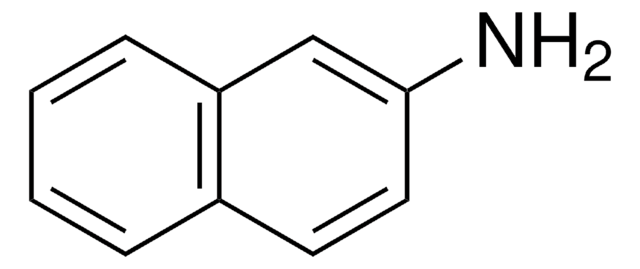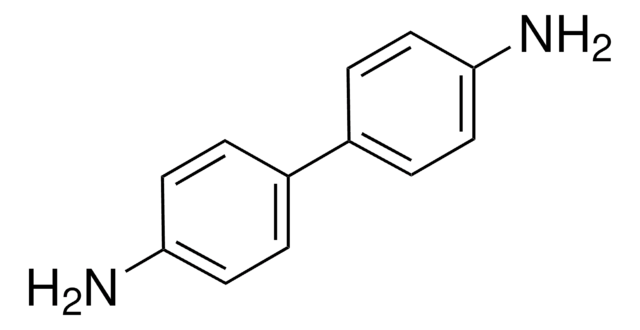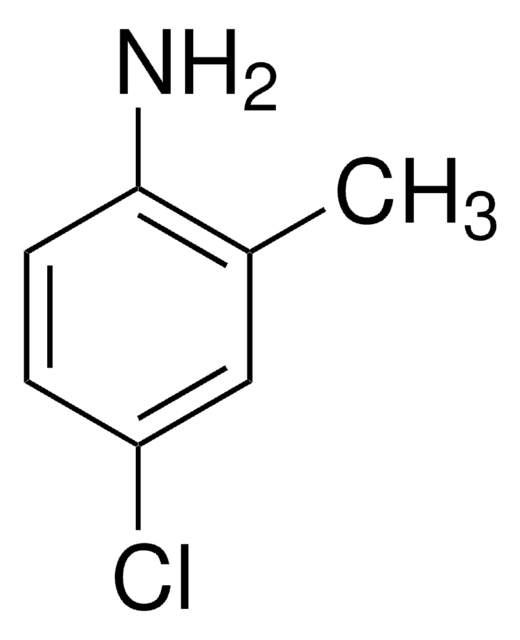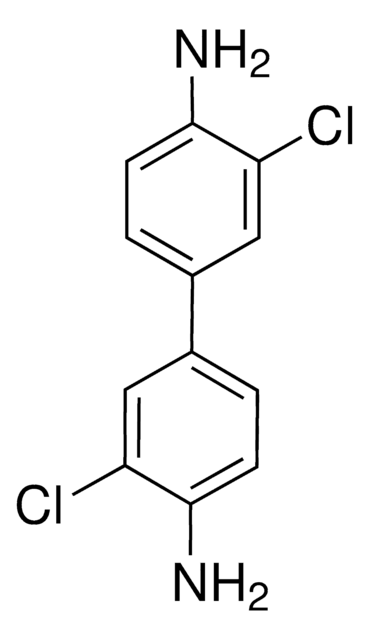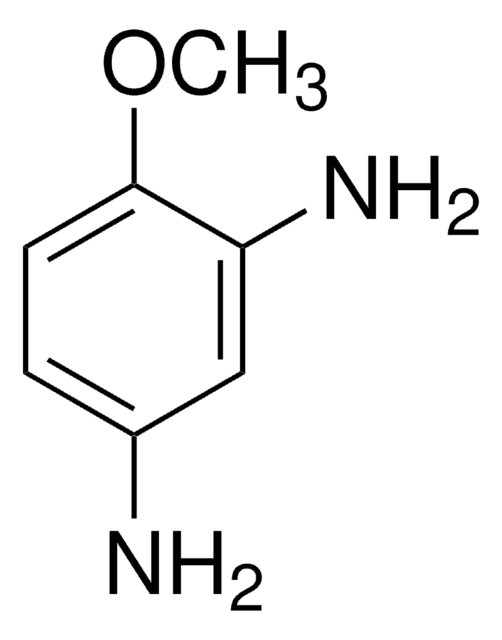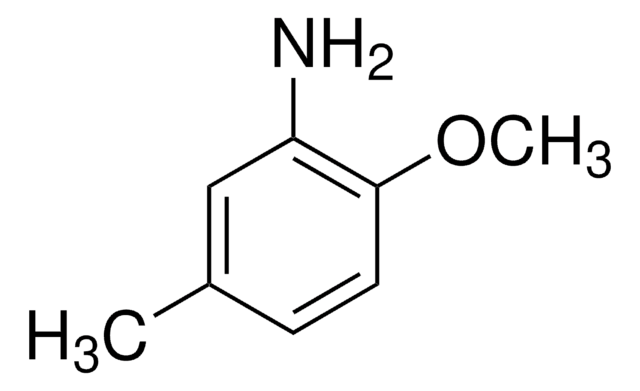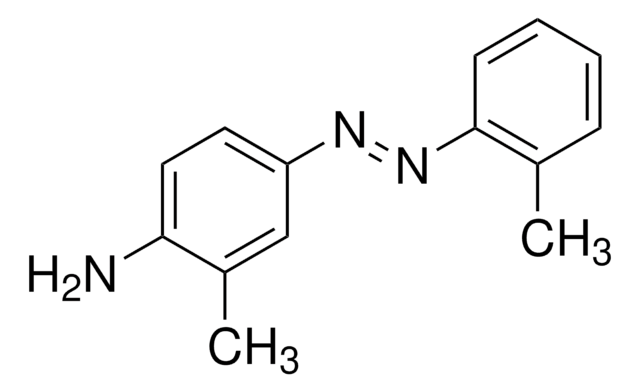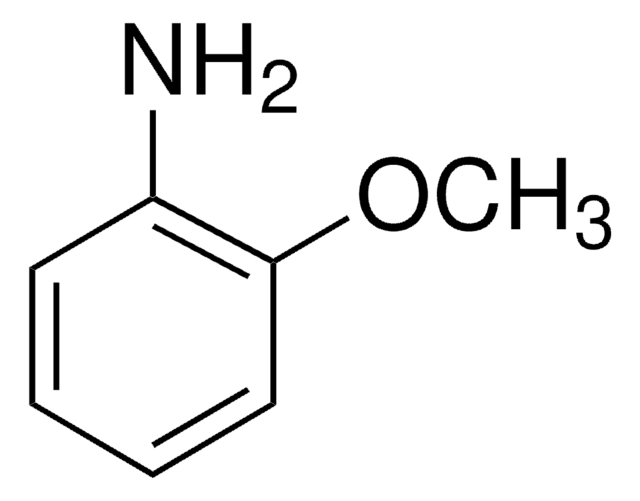31598
4-aminobiphényl
analytical standard
Synonyme(s) :
4-biphénylamine
About This Item
Produits recommandés
Qualité
analytical standard
Niveau de qualité
Température d'inflammation spontanée
842 °F
Durée de conservation
limited shelf life, expiry date on the label
Technique(s)
HPLC: suitable
gas chromatography (GC): suitable
Point d'ébullition
191 °C/15 mmHg (lit.)
Pf
52-54 °C (lit.)
Application(s)
cleaning products
cosmetics
environmental
food and beverages
personal care
Format
neat
Chaîne SMILES
Nc1ccc(cc1)-c2ccccc2
InChI
1S/C12H11N/c13-12-8-6-11(7-9-12)10-4-2-1-3-5-10/h1-9H,13H2
Clé InChI
DMVOXQPQNTYEKQ-UHFFFAOYSA-N
Vous recherchez des produits similaires ? Visite Guide de comparaison des produits
Description générale
Application
It may be used as an analytical reference standard for the determination of 4-aminobiphenyl in:
- Particulate phase mainstream cigarette smoke samples by solid-phase extraction (SPE) and gas chromatography coupled to MS equipped with selected ion monitoring (SIM) mode of detection as well as simultaneous distillation and extraction (SDE) and GC-MS with SIM detection.
- Environmental water samples by hollow fiber-liquid phase microextraction (HF-LPME) and microemulsion electrokinetic chromatography (MEEKC).
- Indoor and outdoor air samples by GC-MS.
Mention d'avertissement
Danger
Mentions de danger
Conseils de prudence
Classification des risques
Acute Tox. 4 Oral - Carc. 1A
Code de la classe de stockage
6.1C - Combustible acute toxic Cat.3 / toxic compounds or compounds which causing chronic effects
Classe de danger pour l'eau (WGK)
WGK 3
Point d'éclair (°F)
235.4 °F - closed cup
Point d'éclair (°C)
113 °C - closed cup
Équipement de protection individuelle
Eyeshields, Faceshields, Gloves, type P3 (EN 143) respirator cartridges
Choose from one of the most recent versions:
Déjà en possession de ce produit ?
Retrouvez la documentation relative aux produits que vous avez récemment achetés dans la Bibliothèque de documents.
Protocoles
US EPA Method 8270 (Appendix IX): GC Analysis of Semivolatiles on Equity®-5 (30 m x 0.25 mm I.D., 0.50 μm)
Notre équipe de scientifiques dispose d'une expérience dans tous les secteurs de la recherche, notamment en sciences de la vie, science des matériaux, synthèse chimique, chromatographie, analyse et dans de nombreux autres domaines..
Contacter notre Service technique